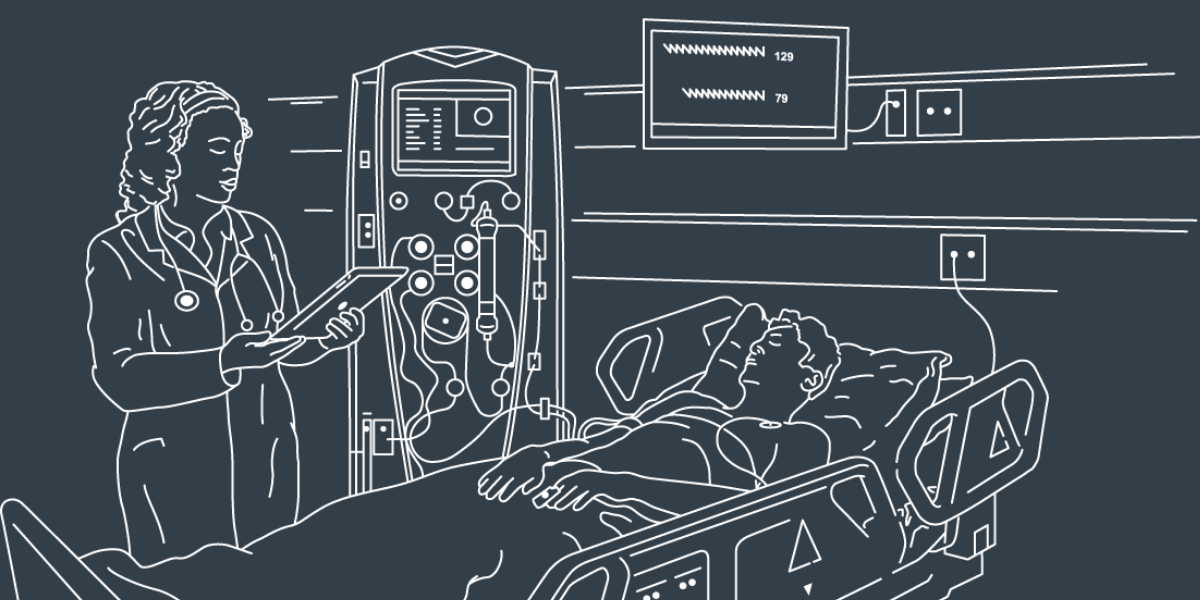New white paper on human factors in healthcare AI published
AAIP demonstrator project leads to new white paper setting out a human factors perspective on the use of artificial intelligence (AI) applications in healthcare

Today the Chartered Institute of Ergonomics and Human Factors (CIEHF) published a new white paper, representing the outcomes of work led by Dr Mark Sujan as part of an AAIP demonstrator project.
The white paper aims to promote systems thinking among those involved in the development, regulation, procurement, and use of AI applications, and to raise awareness of the role of people using or affected by AI. A systems perspective considers the interaction of people with AI as part of the wider clinical health system. Rather than approaching the introduction of AI into clinical systems as a trade-off between human autonomy and machine autonomy, human factors aspires to inform design of AI that promotes human autonomy through high levels of automation, i.e. human autonomy and machine autonomy.
"AI has the potential to transform the way healthcare is delivered and accessed," said Dr Sujan, "but it is important that we move from the current technology-centric focus of AI, which looks at the performance and the accuracy of algorithms in isolation, towards a systems perspective that enables us to understand how we can use AI meaningfully and safely in actual processes and systems. This White Paper describes eight Human Factors / Ergonomics principles that allow developers and regulators to consider the wider system in which an AI application will be used to ensure a safe, trusted and beneficial use of the technology."
This new white paper outlines eight key human factors principles that need to be taken into consideration for the successful design and use of AI in healthcare:
- situation awareness
- workload
- automation bias
- explanation and trust
- human-AI teaming
- training
- relationships between staff and patients
- ethical issues